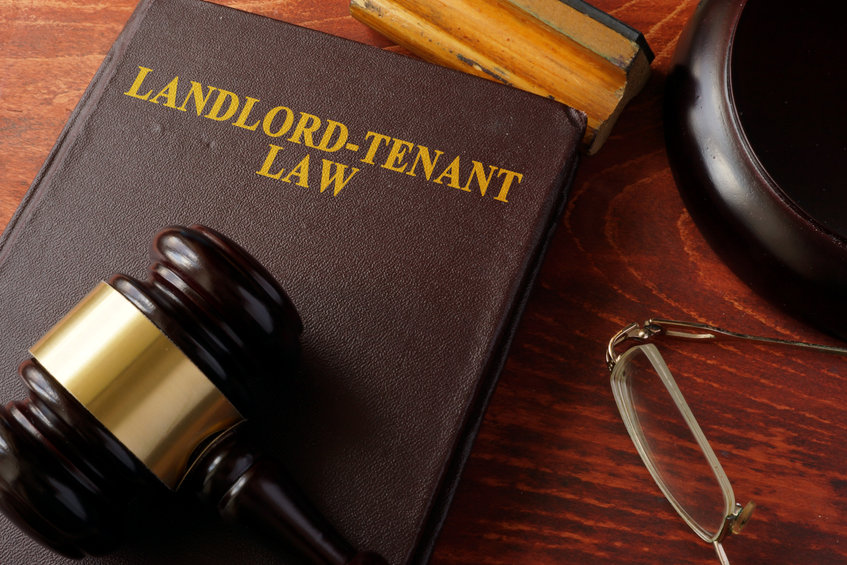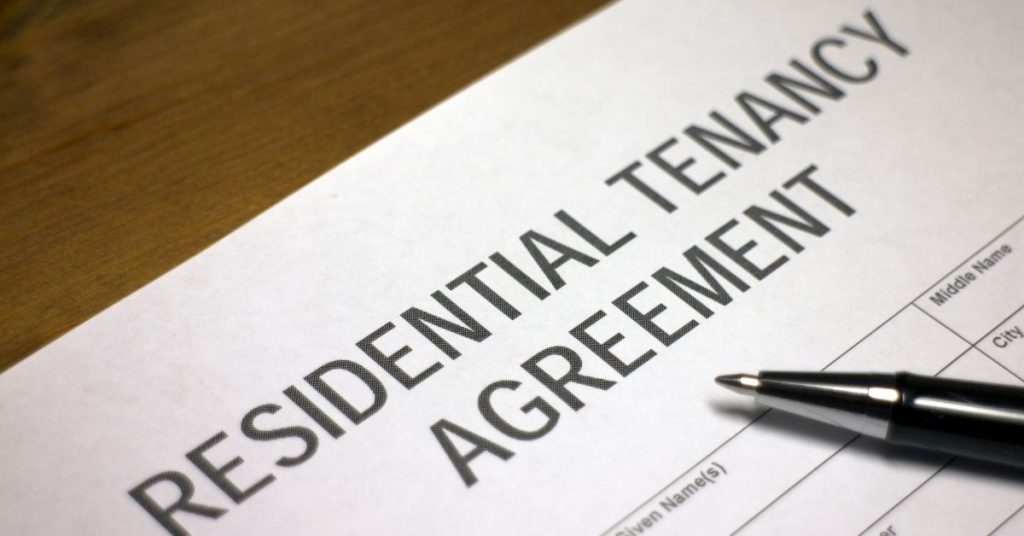A lease agreement is a legally binding contract that defines the terms and conditions of a rental arrangement between a landlord and a tenant. For both parties, understanding the content and significance of a lease agreement is crucial to ensure a fair and smooth relationship throughout the tenancy period.
Before diving into the specifics of lease agreements, let’s take a closer look at the key components that are typically included in such contracts.
Firstly, lease agreements should clearly outline the parties involved, including the landlord’s name, contact information, and address, as well as the tenant’s name and contact information. This helps establish a clear line of communication between both parties.
Secondly, the lease agreement should include details regarding the rental property, such as the address, unit number, and any restrictions or limitations on its use.
Additionally, the lease agreement should specify the lease term, which refers to the duration of the rental period. This includes the start and end dates of the tenancy, as well as any provisions for renewal or termination.
Furthermore, the lease agreement should outline the financial aspects of the rental agreement, including the amount of rent due, the due date, and accepted payment methods. It should also specify if there are any penalties for late payment.
Lastly, the lease agreement should highlight the rights and responsibilities of both the landlord and the tenant. This includes information about maintenance and repairs, property access, lease violations, and any additional terms or conditions agreed upon by both parties.
Now that we have a comprehensive understanding of the key components of a lease agreement, let’s explore some common types of lease agreements that landlords and tenants may encounter.
Understanding Lease Agreements
Lease agreements are the backbone of any successful landlord-tenant relationship. They provide a clear framework for both parties, ensuring that everyone knows their rights and responsibilities. By delving deeper into the key components of a lease agreement, landlords and tenants can establish a fair and mutually beneficial rental arrangement. This can be done by the help of best property lawyers.
One of the most crucial components of a lease agreement is the rent payment terms. This section outlines the amount of rent due, the frequency of payments, and any late fees or penalties that may apply. It’s important for both parties to have a clear understanding of these terms to avoid any confusion or disputes down the line.
Another essential aspect of a lease agreement is the maintenance and repairs clause. This clause specifies who is responsible for maintaining the property and making necessary repairs. It’s common for landlords to handle major repairs, such as plumbing or electrical issues, while tenants are typically responsible for day-to-day maintenance, such as keeping the property clean and replacing light bulbs.
Common Types of Lease Agreements
Now that we’ve explored the key components of a lease agreement, let’s take a closer look at some common types of lease agreements that cater to different rental situations:
- Fixed-term Lease: This type of lease has a specific start and end date. During this period, the tenant is legally obligated to pay rent and adhere to the terms of the agreement. Fixed-term leases provide stability for both landlords and tenants, as they offer a predictable rental period.
- Month-to-Month Lease: With a month-to-month lease, the tenancy continues on a monthly basis until either the landlord or the tenant provides proper notice to terminate the agreement. This type of lease offers flexibility, allowing tenants to have shorter rental commitments.
- Joint Lease: This type of lease is commonly used when multiple individuals will be living in a rental property. Each tenant is jointly and individually responsible for the terms and conditions of the lease. Joint leases are ideal for roommates or families who want to share the responsibilities and costs of renting a property.
- Sublease: A sublease occurs when a tenant rents out a portion of their rented space to another individual. In this case, the original tenant becomes the sublessor, and the new occupant becomes the sublessee. Subleasing can be a practical solution for tenants who need to temporarily leave the property but want to retain their lease.
Understanding these various lease types can help landlords and tenants choose the most suitable agreement for their specific circumstances. Whether you’re a landlord looking to protect your investment or a tenant searching for a place to call home, a well-crafted lease agreement is the foundation for a successful rental experience.

Legal Rights and Responsibilities of Landlords
Property Maintenance and Repairs
As a landlord, it is your responsibility to ensure that the rental property is maintained in a safe and habitable condition. This includes addressing any necessary repairs promptly and adequately. Regular maintenance not only ensures the safety and comfort of your tenants but also helps in preserving the value of your property in the long run. It is advisable to keep detailed records of all maintenance and repair work conducted on the property for future reference.
It’s important to note that some repairs may be considered urgent and require immediate attention, such as issues affecting the safety or health of tenants. In such cases, landlords should prioritize these repairs to prevent any further damage or inconvenience to the tenants.
Right to Enter Rental Property
While tenants have the right to privacy and quiet enjoyment of the rental property, landlords also have the right to enter the premises under certain circumstances. Typically, landlords must provide reasonable notice to tenants before entering the property for inspections, repairs, or emergency situations. It is essential to familiarize yourself with the laws in your jurisdiction regarding landlord entry to ensure that you are following the proper procedures and respecting the rights of your tenants.
Additionally, when entering the rental property, landlords should aim to schedule visits at convenient times for the tenants to minimize disruption to their daily lives. Open communication and mutual respect between landlords and tenants can help establish a positive relationship and prevent any misunderstandings regarding property access. Learn more about open communication visit at https://tsa.edu.au/the-importance-of-open-communication-in-the-workplace/.
Dealing with Lease Violations
If a tenant violates any terms of the lease agreement, such as non-payment of rent or engaging in illegal activities on the premises, landlords have the right to take appropriate legal action, which may include eviction. It is crucial for landlords to familiarize themselves with the local landlord-tenant laws and procedures for handling lease violations to ensure that they are acting within their legal rights.
When addressing lease violations, it is recommended to document all communication and actions taken regarding the issue. Keeping thorough records can help protect landlords in case of any disputes or legal proceedings related to the lease violation. It is also advisable to seek legal guidance or consult with a professional property management company to ensure that the necessary steps are taken in compliance with the law.
Legal Rights and Responsibilities of Tenants
Right to Habitable Housing
Tenants have the right to live in a rental property that meets basic health and safety standards. This includes having proper ventilation, heating, plumbing, and electricity. Landlords are responsible for ensuring that the property is habitable and free from hazards such as mold, pests, or structural issues. If the landlord fails to address necessary repairs or maintain acceptable living conditions, tenants may have legal recourse, such as withholding rent until the issues are resolved or seeking legal action. Learn more about mold, pests click here.
It’s important for tenants to document any communication with the landlord regarding maintenance issues and keep records of any repairs or lack thereof. This documentation can be crucial evidence in case of a dispute or legal proceedings.
Right to Privacy
Tenants have the right to privacy and quiet enjoyment of their rented space. This means that landlords should not enter the premises without proper notice or justification, unless it’s an emergency situation. Proper notice typically ranges from 24 to 48 hours, as specified by state laws. Landlords should respect their tenants’ privacy and only enter the property for legitimate reasons, such as repairs, inspections, or in case of an emergency.
Tenants can request that landlords provide advance notice in writing and should also be aware of any exceptions to this rule, such as when the landlord needs to show the property to prospective buyers or tenants.
Handling Security Deposits
At the beginning of a tenancy, landlords often collect a security deposit to cover any potential damages or unpaid rent. It’s important for tenants to understand their rights and responsibilities regarding the handling and return of the security deposit. Landlords are typically required to provide an itemized list of any deductions from the security deposit within a certain timeframe, as specified by state law.
Tenants should carefully review the lease agreement to understand the conditions under which the security deposit can be withheld. Common reasons for withholding a security deposit include unpaid rent, damages beyond normal wear and tear, or cleaning fees. If tenants believe that their security deposit has been wrongfully withheld, they may have the right to dispute the deductions and seek recourse through small claims court or a local housing authority.
Resolving Landlord-Tenant Disputes
Mediation and Arbitration
Mediation and arbitration are alternative dispute resolution methods that allow landlords and tenants to resolve conflicts outside of the courtroom. These processes can save both parties time and money while promoting open communication and collaboration.
Legal Proceedings and Evictions
In some cases, disputes between landlords and tenants cannot be resolved through mediation or arbitration. In such situations, legal proceedings and evictions may be necessary. It’s essential for both parties to understand the legal requirements and procedures involved.

Preventive Measures for Landlords and Tenants
Screening and Selecting Tenants
One of the most effective ways for landlords to prevent tenancy issues is to thoroughly screen and select potential tenants. Background checks, credit checks, and references can provide valuable insights into a tenant’s rental history and reliability.
Drafting a Comprehensive Lease Agreement
For both landlords and tenants, having a comprehensive and well-drafted lease agreement is crucial to avoid potential misunderstandings or disputes. It’s advisable to seek legal assistance to ensure that the lease agreement complies with local laws and regulations and covers all essential aspects.
Regular Property Inspections
Regular property inspections can help both landlords and tenants identify and address potential maintenance or repair issues promptly. By conducting inspections, landlords can ensure that their rental properties are well-maintained, while tenants can request repairs or improvements if necessary.
In conclusion, lease agreements and tenancy rights play a vital role in protecting the rights and responsibilities of both landlords and tenants. Understanding the key components of a lease agreement, as well as the legal protections and obligations of each party, is essential for a successful and mutually beneficial landlord-tenant relationship. By staying informed and proactive, landlords and tenants can navigate any challenges that may arise during the course of a tenancy and ensure a pleasant rental experience.
Learn more about Addressing Environmental Concerns: Insights from Property Law Firms visit at https://attypaulhunter.com/addressing-environmental-concerns-insights-from-property-law-firms/.

